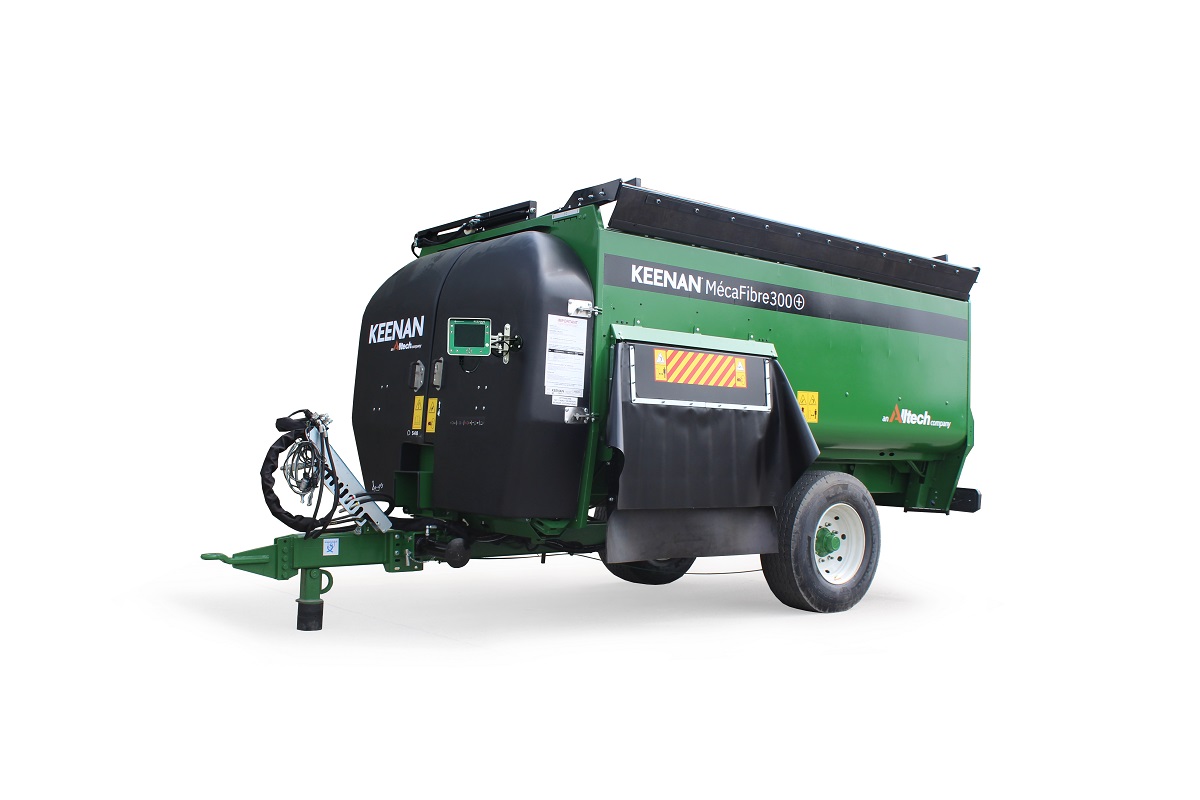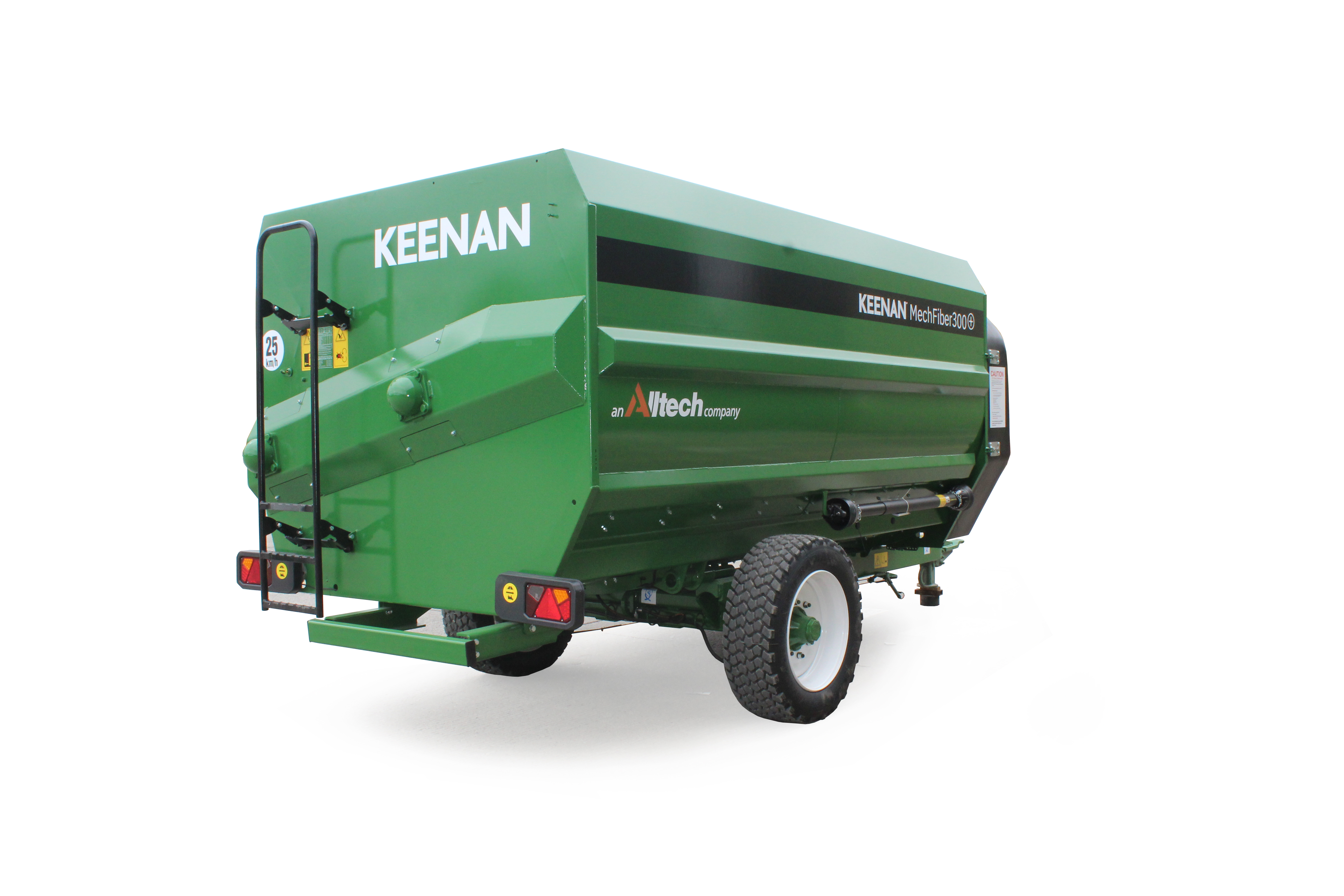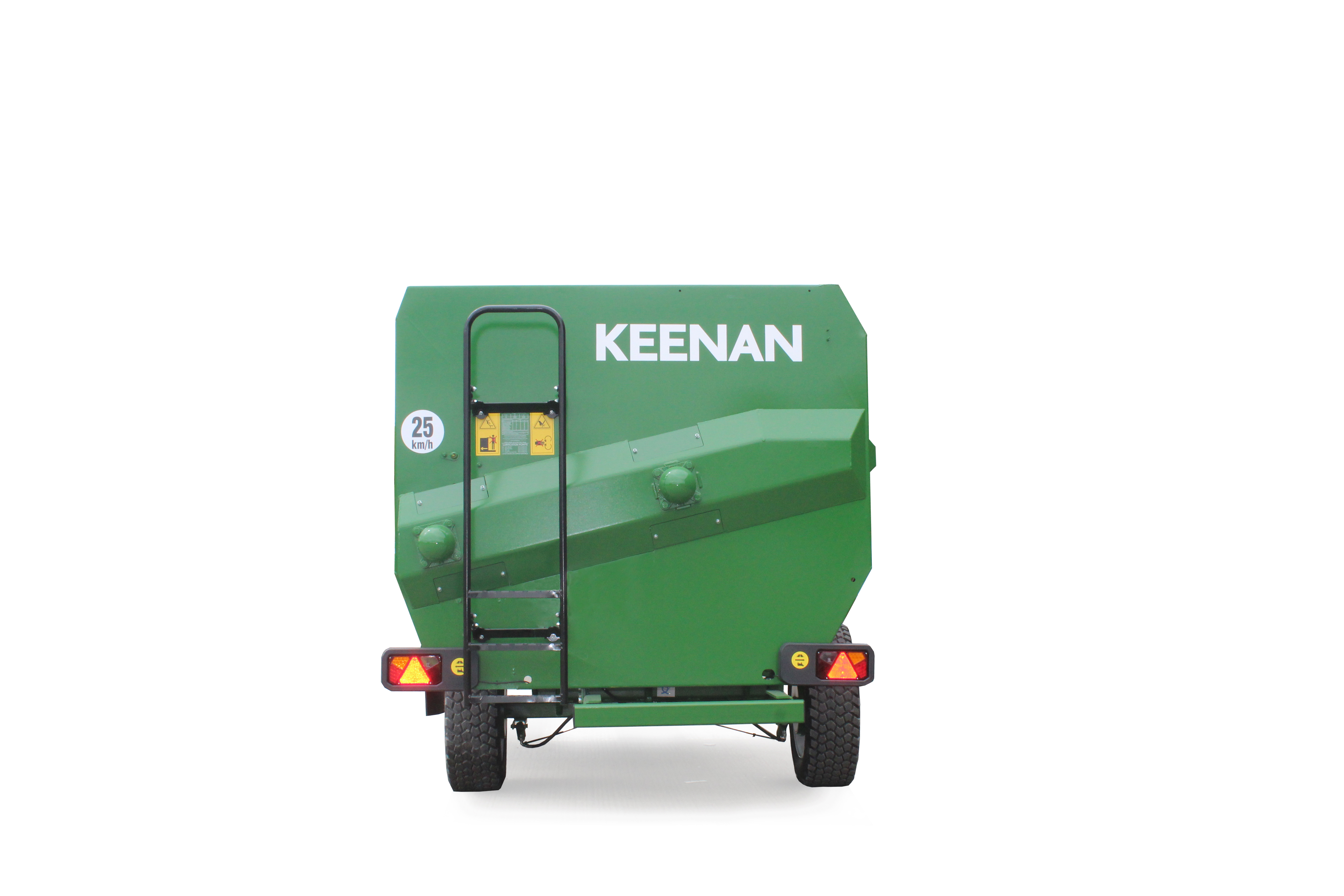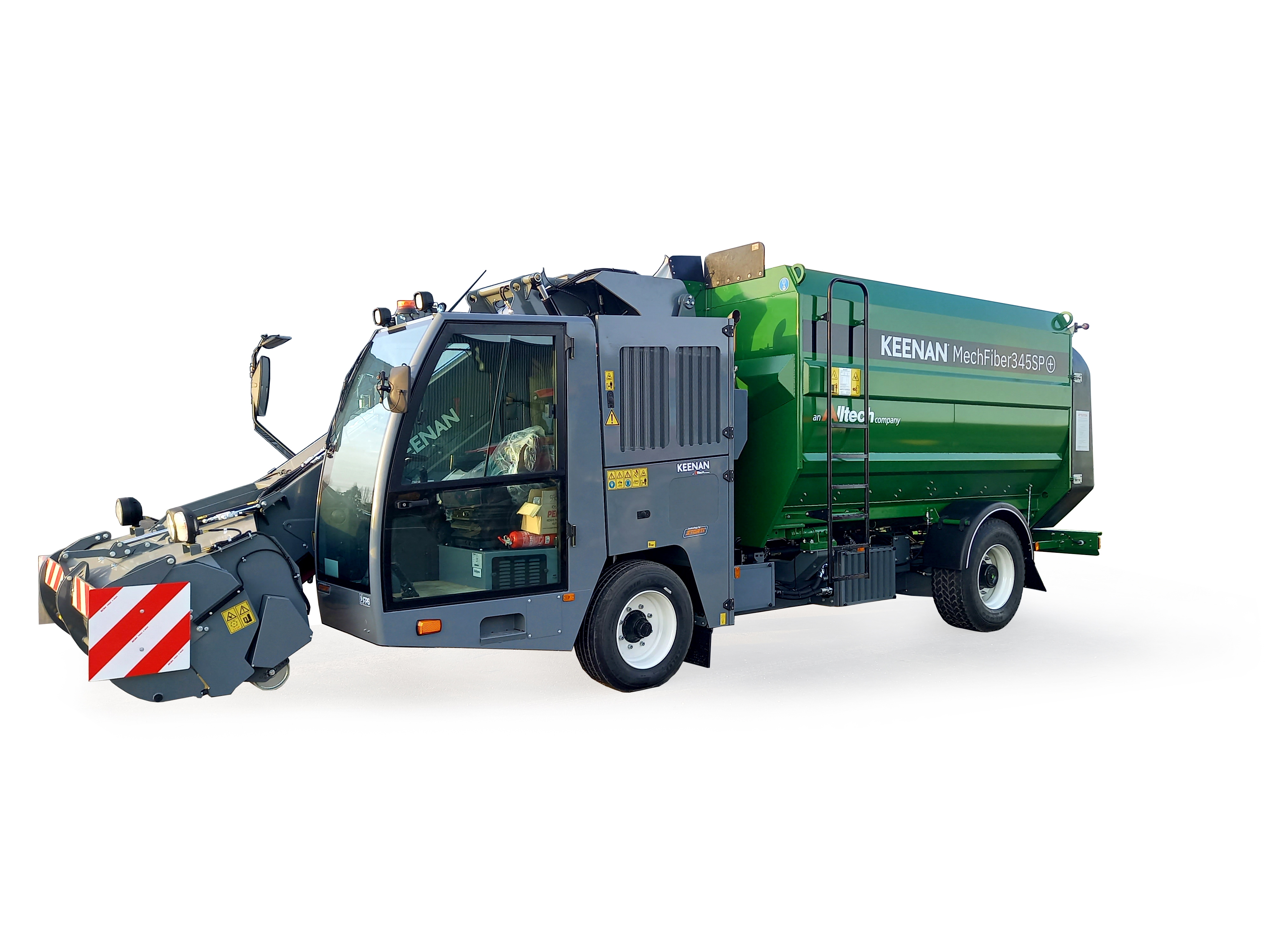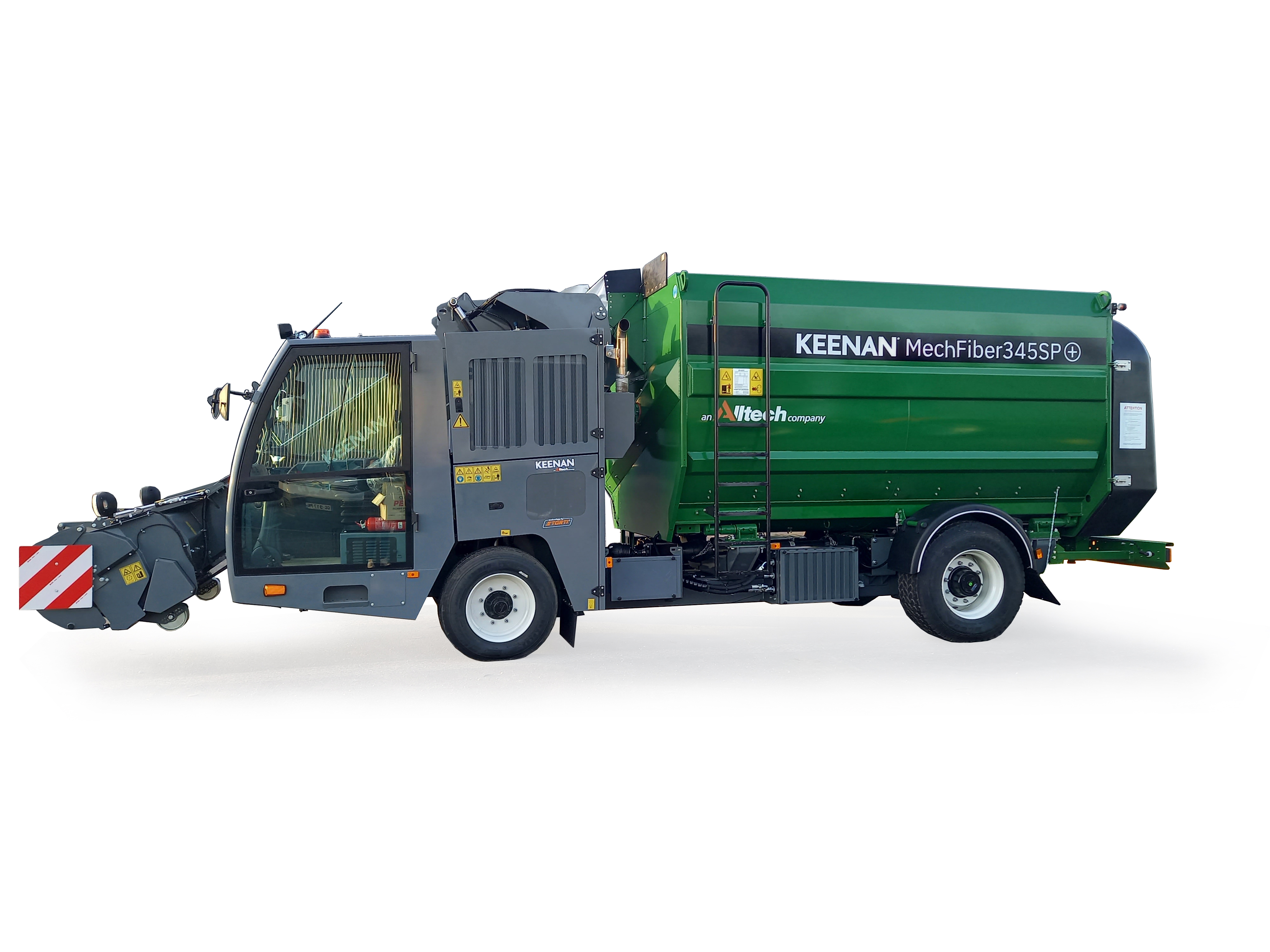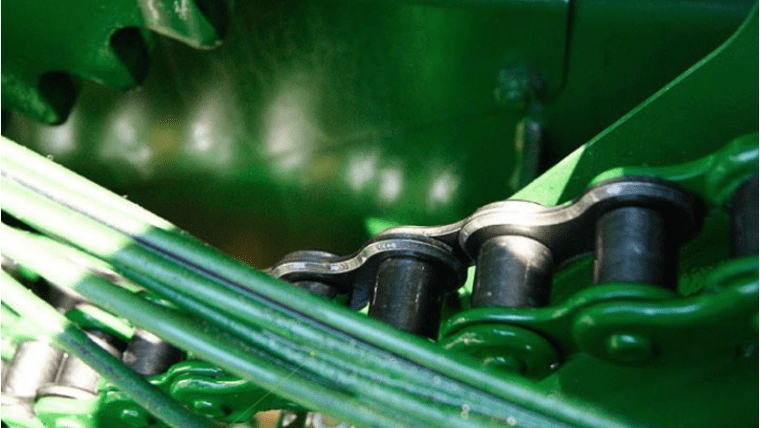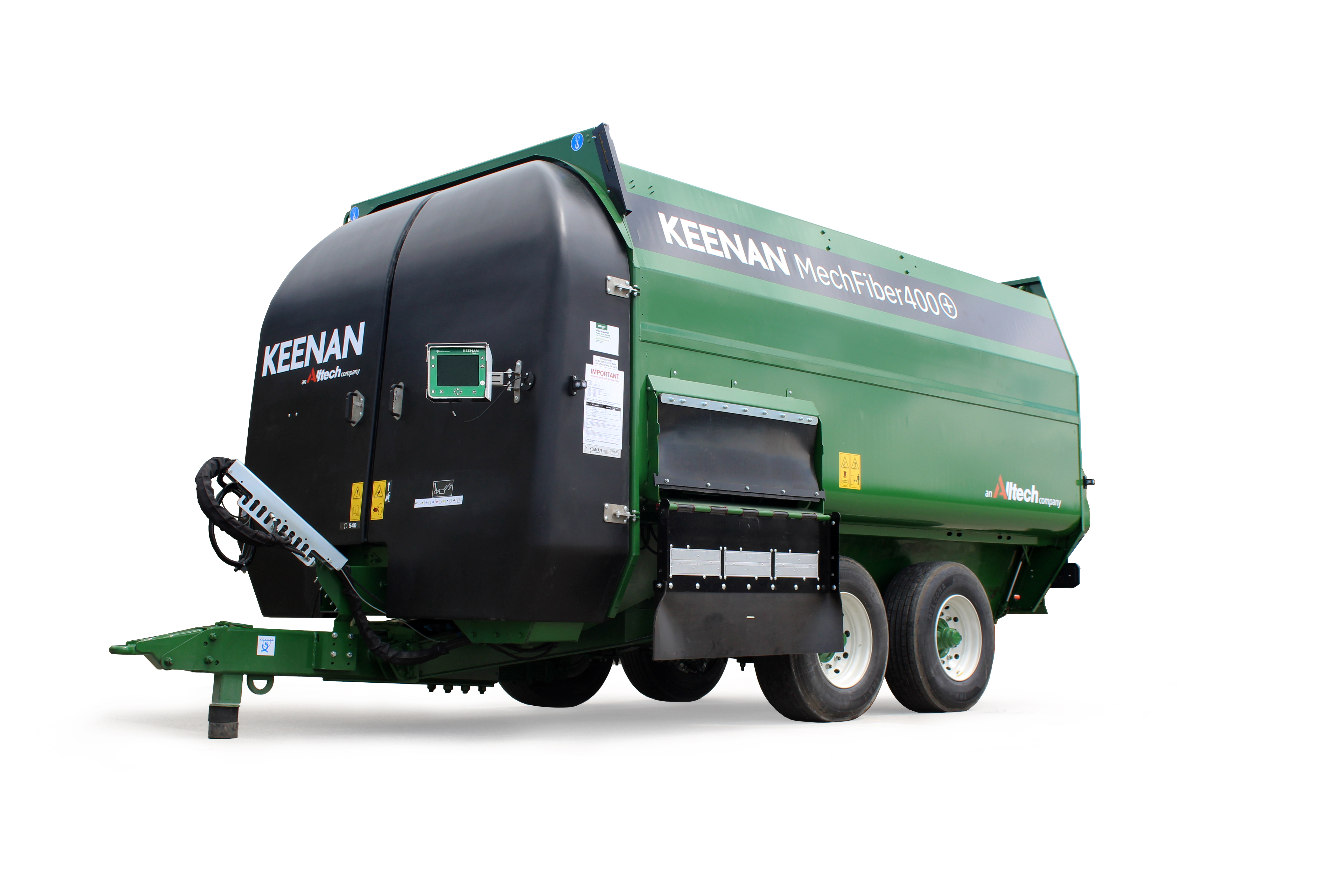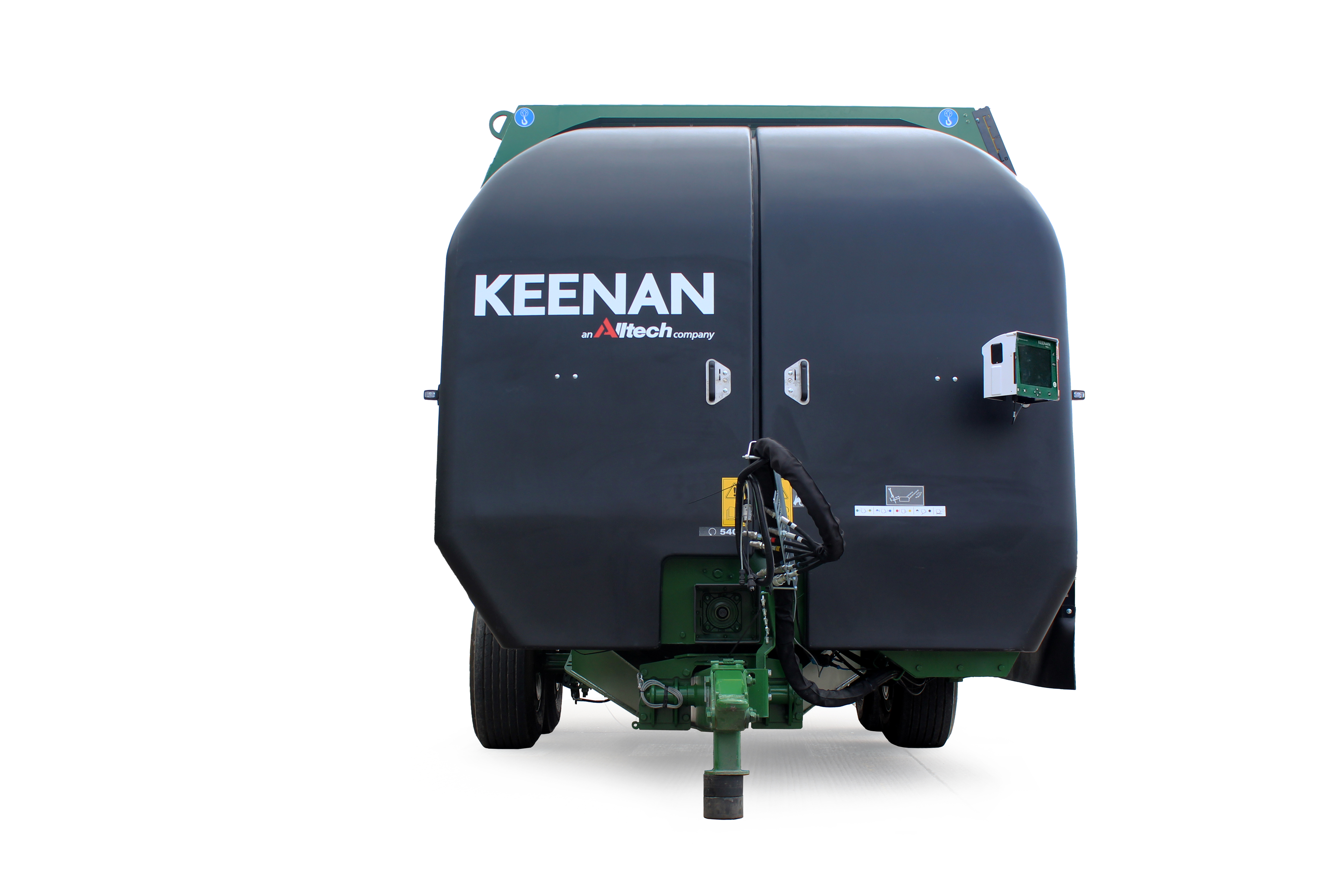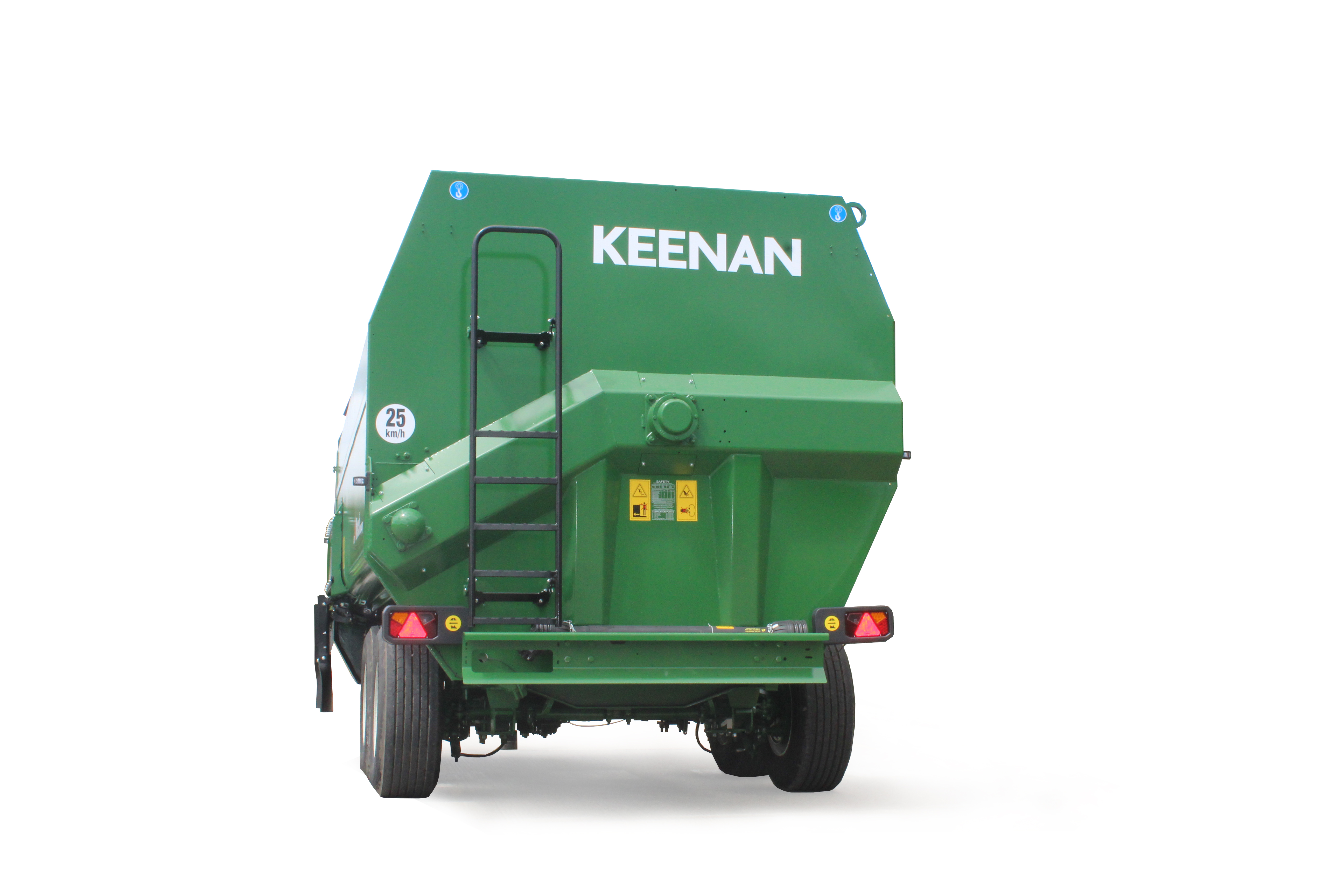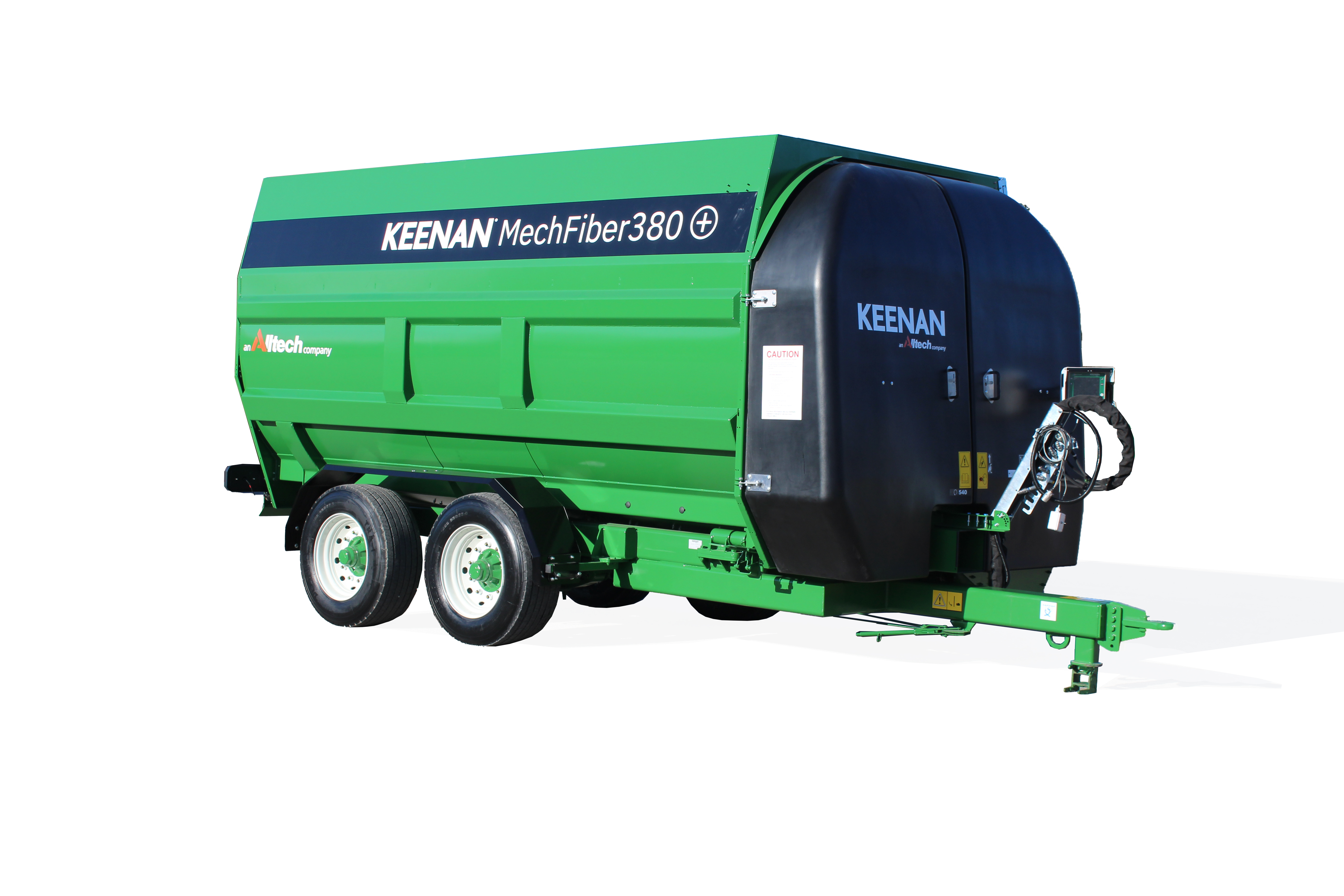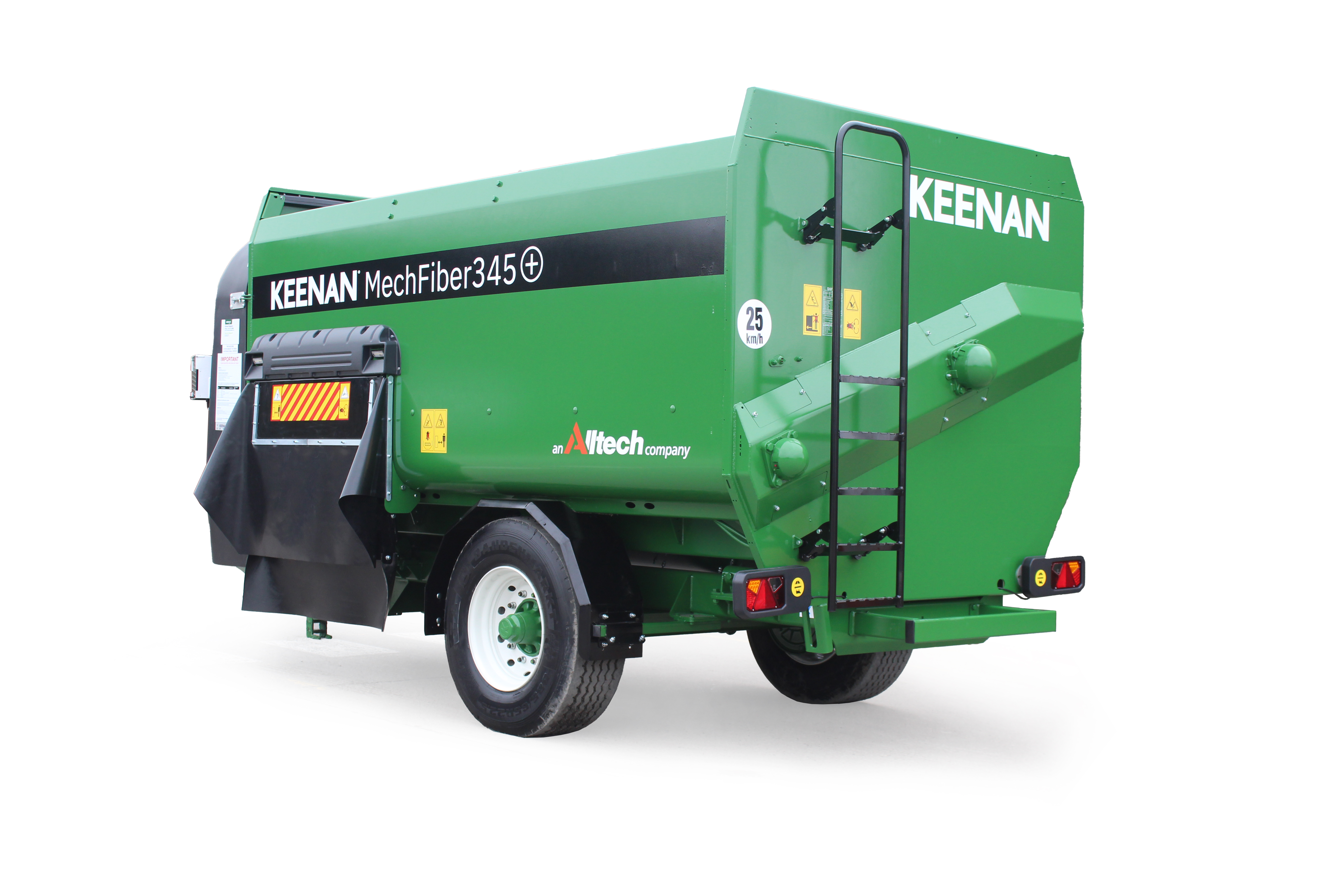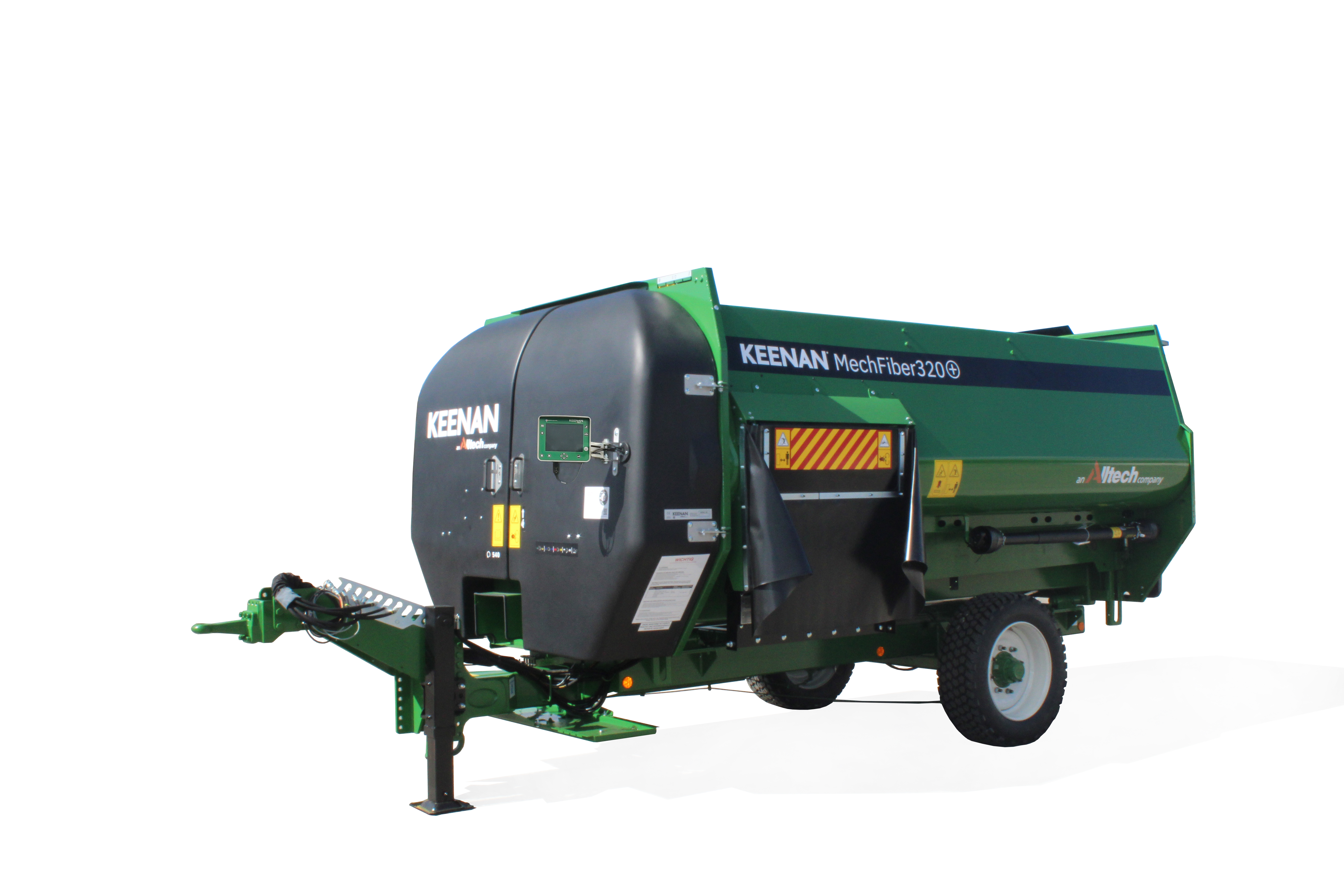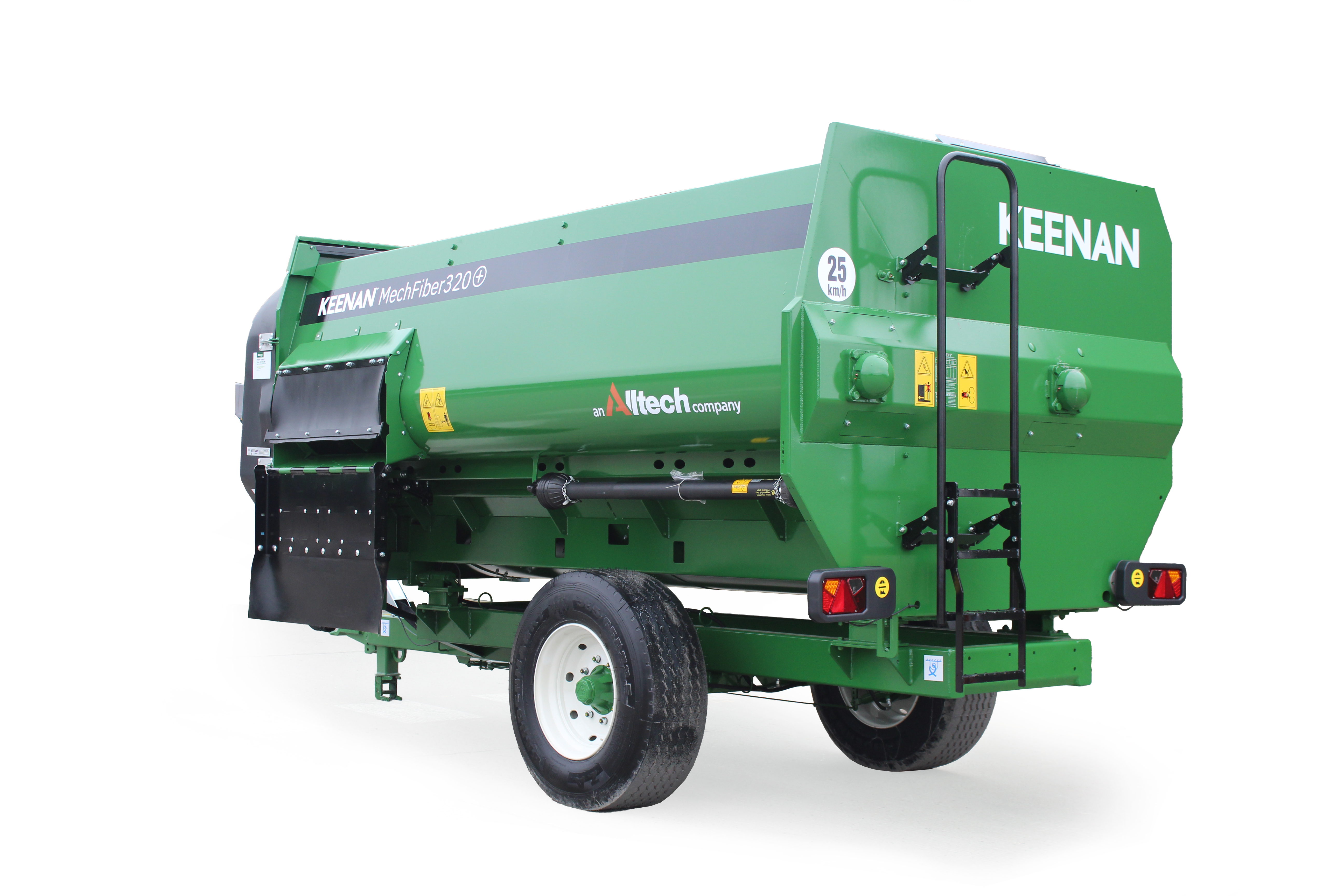Technology is disrupting and changing every aspect of the agriculture industry, and, for the most part, farmers are embracing it. Already, autonomous robots are taking over the milking of cows, grading of fruit and vegetables and many other duties on farms around the world. Advancements in electric-powered vehicles could also mean that, before long, we will be enjoying the near-silent purr of electric, eco-friendly tractors in our fields. With $2 billion invested in ag-tech in 2018, this is just the tip of the agriculture technology iceberg!
As far as innovation and investment go, however, there is one section of the industry that is struggling to keep up with the rest: feed management technology. At the same time that drones are surveying our land and self-driving machines are harvesting our crops, many farmers are still managing their feeding using old, outdated technologies — or, in some cases, pen and paper.
This seems to be a major oversight of the industry, considering the potential savings and efficiencies at stake. Animal feed and nutrition is one of the most critical areas on livestock farms, accounting for up to 70% of the cost of production (COP). A modern solution that could help to increase feed efficiency should be shouted from the rooftops!
Thankfully, while feed management technology may be bringing up the rear in terms of innovation, it still has not dropped out of the race altogether. There are many established names currently offering platforms that are both effective and affordable.
The benefits of using modern feed management tools are indisputable. Both in the long and the short term, updating your methods of managing feed on-farm has the potential to improve not only herd output but also overall herd health.
Maximize income over feed cost (IOFC)
IOFC is a critical measure in driving farm profitability. One of the key benefits of using feed management technology is the ability to continually track and maximize this figure. Central features of such a platform include the precise loading of individual ingredients and the subsequent TMR mixing, tracking of feed intakes, management of feed costs and the direct linking of outputs to inputs — all contributory factors in optimizing IOFC. Where IOFC is not meeting targets, problems are quickly identified, and necessary changes can be made in real time.
Feed inventory management
Keeping track of feed inventory on-farm is a notoriously manual task that usually involves significant guesswork. This leads to farmers carrying too much feed, tying up both space and capital, or too little feed, which presents a whole different set of management challenges. Feed inventory management is a common feature within most feed management platforms, allowing farmers to accurately monitor and balance quantities of feed given to the animals against quantities of feed held on-farm. Depending on the system, automatic alerts notify when stock levels reach a certain point, and in some cases, automatic re-ordering (via links to feed mills) can be set up.
Cows crave consistency
What is the one thing that cows love more than anything else? Consistency. Cows are creatures of habit, and a consistent management routine leads to optimal dairy production. This is especially true for feeding; the more consistent a cow's daily diet, the better the cow will perform in terms of milk output, fertility and overall health. Any disruption to a cow’s rumen environment can quickly result in sub-optimal output, an issue that can take weeks to reverse. Feed management technology allows for the precise loading and feed-out of each ration, ensuring that animals will receive a consistent diet every day. When combined with a diet feeder, such as a KEENAN MechFiber, the software can tell farmers the optimal loading order of the ration. This means that the end product is the best-quality mix possible. It also helps to negate any human error, so no matter who is loading the machine, the result is always the same.
Make it easy for anyone to do the feeding
On most farms, there is usually one person assigned to manage the feeding operation and ensure that the correct protocols are followed each day. However, what happens if that person is not available and the person who fills in is not as attentive to good feeding practices? Overall cow performance and health can quickly suffer if diets change from one user to the next. Using technology to manage feeding on-farm ensures that, no matter who is in charge, once they follow the loading and unloading instructions provided by the feeding system, diet consistency should not be compromised. This guide to TMR feeding is almost foolproof. Equally, as all data is recorded, it is easy to identify if labor performance has not met the expected standards.
Control of feed cost
Of course, there is another major benefit to this precision: control of feed cost. This is where feed management software can really make a difference on-farm. By taking stock of what ration goes into the mix, as well as the amount, the program can keep on top of costs, so the farmer knows exactly how much they are spending. Beyond this, by ensuring that the animal's diet offers optimal efficiency, further savings can be made by removing wasted feedstock from the process.
Progress reporting and data-sharing
The abilities of feed management software go far beyond the day-to-day running of a farm. As it is monitoring diets and ration stocks, the program is also recording and storing all of the data it collects. This means that farmers have access to a library of information at the push of a button. They can generate detailed graphs and reports that illustrate what has gone before, helping them to make informed decisions about the future.
Bringing this feature one step further is the cloud-based technology of modern feed management software. By availing of these wireless capabilities, farmers can share information and data with employees, meaning that everyone can be kept up-to-date and share advice. Equally, where access to the technology is provided to the farm’s third-party consultants, communication is improved, and adjustments to animal diets can be made in a more proactive and timely manner, without the need for consultants to be on-farm.
Adaptability
Another great benefit to the cloud-based aspect of modern feed management software is that it opens the program up to previously unseen flexibility and adaptability. Many programs can now link up and operate in conjunction with other management software that a farmer may be using. For example, a farmer in the dairy industry may be using one program for feed and another for herd and milk production. By allowing these programs to work in tandem, dairy farm data management becomes more streamlined, saves time and, most importantly, allows for the generation of more actionable insights.
The thing to remember is that the points outlined here are not just something that farmers can hope to take advantage of in the future. There are already numerous established companies offering technologies to help deliver on these promises. Furthermore, there is a noticeable upsurge of dairy ag-tech startups advancing on the pre-existing technology, meaning that dairy automated feeding technology might finally reach its much-needed potential in terms of agricultural innovation.
One such platform is InTouch. Cloud-based and combining the latest in hardware and software, InTouch manages the feeding of over 300,000 cows in 37 countries worldwide each day. As part of Alltech, InTouch utilizes user-friendly dashboards and reporting tools to provide farmers and nutritionists with the most relevant insights and analytics for delivering optimum nutrition to the herd.
Collaboration with other on-farm technologies is a key principle of InTouch, which is the reason behind the recent announcement of its integration with UNIFORM-Agri, one of the world’s leading herd-management software providers. Collaborations like this reduce the need for the manual input of data, deliver more effective insights and ultimately enable both farmers and nutritionists to work together to make more informed herd-management decisions.
Continuing the tradition of innovation at InTouch, the team showcased InTouchGo at ONE: The Alltech Ideas Conference in 2019. Currently in the proof-of-concept stage, this all-new technology uses advanced analytics and features — like machine learning — to deliver automatic ration recommendations directly to the farmer’s smartphone in response to changes in milk output.
Alltech’s commitment to a Planet of Plenty™ also features in the InTouch vision. Modern agriculture is under continuous pressure to demonstrate its sustainability credentials, and increased animal productivity has been shown to reduce the amount of methane produced per unit of milk or meat. Feed conversion efficiency, one of the most widely used measures of animal productivity, is the measure by which livestock convert feed into milk or meat. Adapting technologies like InTouch to increase feed conversion efficiency as part of a wider on-farm nutritional strategy may be one solution to this growing and complex challenge.
I want more information on dairy cattle nutrition.
